Paper Battery Construction and Working
Paper Battery
The flexible and thin energy storage device which can be used as a battery is called as paper battery. This paper battery can also be used as a capacitor. This battery can be produced by merging the nanotubes (made using carbon) and nano-composite paper (made using cellulose). The paper battery consists of property of a battery – high-energy storage capacity and property of super capacitor – high-energy density and thus, produces extreme power.
Paper Battery Construction
The major components used for the construction of paper battery include:
- Carbon Nanotube (CNT) used for cathode terminal
- Lithium metal (Li+) used for anode terminal
- Different types of electrolytes that include blood, urine, and sweat (which are termed as bio-electrolytes)
- Paper (Cellulose-Separator)
7-Simple Steps for the Construction of Paper Battery
Step 1: Take a cellulose-based paper and apply black carbon ink on it
Step2: Spread this ink applied on the paper
Step3: After spreading ink, laminate a thin film over the cellulose surface
Step4: Heat the cellulose paper for 5min at 80 degrees C
Step5: Then, peel off the film from the substrate
Step6: The electrodes of paper battery are formed by film. The electrolytes LTO and LCO are connected to different films
Step7: The functioning of paper battery can be checked by connecting battery terminals to the LED
Step2: Spread this ink applied on the paper
Step3: After spreading ink, laminate a thin film over the cellulose surface
Step4: Heat the cellulose paper for 5min at 80 degrees C
Step5: Then, peel off the film from the substrate
Step6: The electrodes of paper battery are formed by film. The electrolytes LTO and LCO are connected to different films
Step7: The functioning of paper battery can be checked by connecting battery terminals to the LED
Paper Battery Working
The conventional rechargeable batteries which we use in our day-to-day life consist of various separating components which are used for producing electrons with the chemical reaction of a metal and electrolyte. If once the paper of the battery is dipped in ion-based liquid, then the battery starts working i.e., electricity is generated by the movement of electrons from cathode terminal to anode terminal. This is due to the chemical reaction between the electrodes of paper battery and liquid. Due to the quick flow of the ions within a few seconds (10sec) energy will be stored in the paper-electrode during the recharging. By stacking various paper-batteries up on each other, the output of the paper battery can be increased.
As the paper batteries are connected each other very closely for increasing their output, there is chance of occurring short between the anode terminal and cathode terminal. If once the anode terminal contacts with cathode terminal, then there will be no flow of current in the external circuit. Thus, to avoid the short circuit between anode and cathode a barrier or separator is needed, which can be fulfilled by the paper separator.
Paper Battery= Paper (Cellulose) + Carbon Nanotubes
The paper battery can be used for various applications as it facilitates advantages such as folding, twisting, molding, crumpling, shaping, and cutting without affecting on its efficiency. As the paper batteries are the combination of cellulose paper and carbon nanotubes, which facilitates advantages of long term usage, steady power, and bursts of energy. These types of paper batteries are estimated to use for powering the next generation vehicles and medical devices.
Paper Battery Properties
The properties of paper battery can be recognized from the properties of cellulose such as excellent porosity, biodegradability, non-toxic, recyclability, high-tensile strength, good absorption capacity, and low-shear strength and also from the properties of carbon nanotubes such as low mass density, flexibility, high packing density, lightness, better electrical conductivity than silicon, thin (around 0.5 to 0.7mm), and low resistance.
Advantages of Paper Battery
- Unlike the conventional batteries, paper battery can be used by folding, cutting, and rolling.
- Paper battery functions as a battery as well as a capacitor.
- Paper battery is a modern storage device with ultra-thin in size.
- It has special properties such as more economical, biodegradable, and bio-compatible.
- Paper battery can generate electrical energy of 1.5V.
- The output voltage of paper battery can be customized based on requirement.
Disadvantages of Paper Battery
- The carbon nanotubes used in paper battery are very expensive.
- The paper battery wastage may damage lungs if it is inhaled.
- The e-wastage is generated by paper batteries.
Applications of Paper Battery
There are numerous applications for paper batteries in various fields. In electronics, paper battery is typically used in mobiles, laptops, calculators, cameras, mouse, keyboard, Bluetooth devices, and so on. Similarly, in medical sciences for artificial tissues, cosmetics, drug delivery systems, and so on. In automobiles and aircraft, paper batteries are used inhybrid vehicles because of their light weight.
Are you interested in designing electronics projects with your own innovative ideas? Then, post your ideas, suggestions, and comments in the comments section below for further technical assistance.
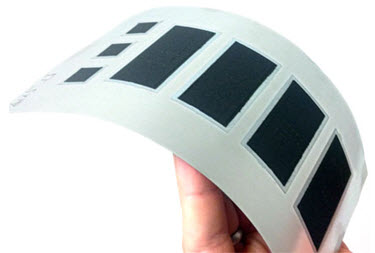
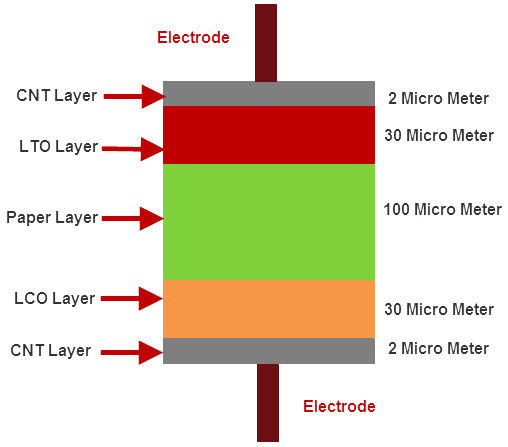
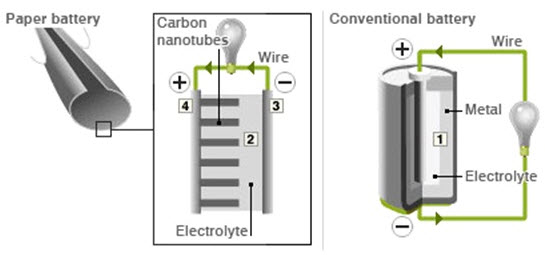
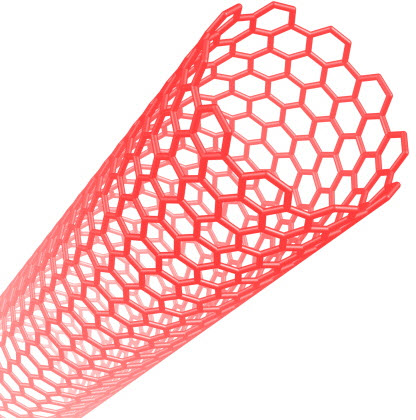
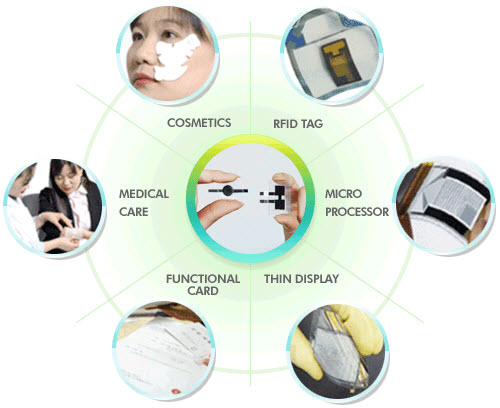
Now this is the project that we need to fund for better future on electricity. Singapore Electric Supply Company
ReplyDeleteHello hi, it's a very interesting BlogSpot. Thank you for sharing it will be helpful for engineering students to develop their own academic projects. For some more interesting projects Electronics Engineering Projects
ReplyDelete